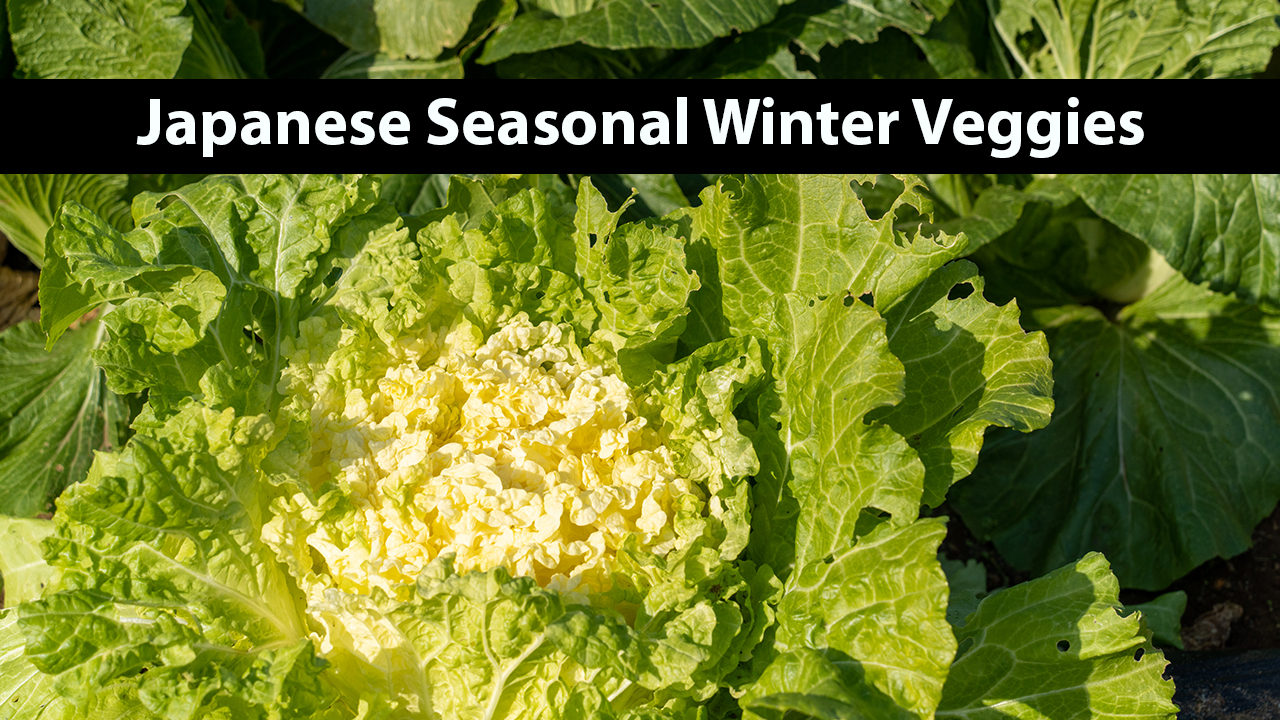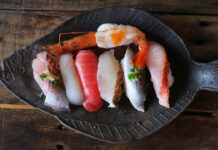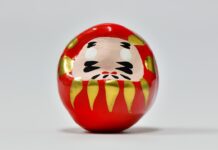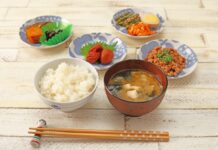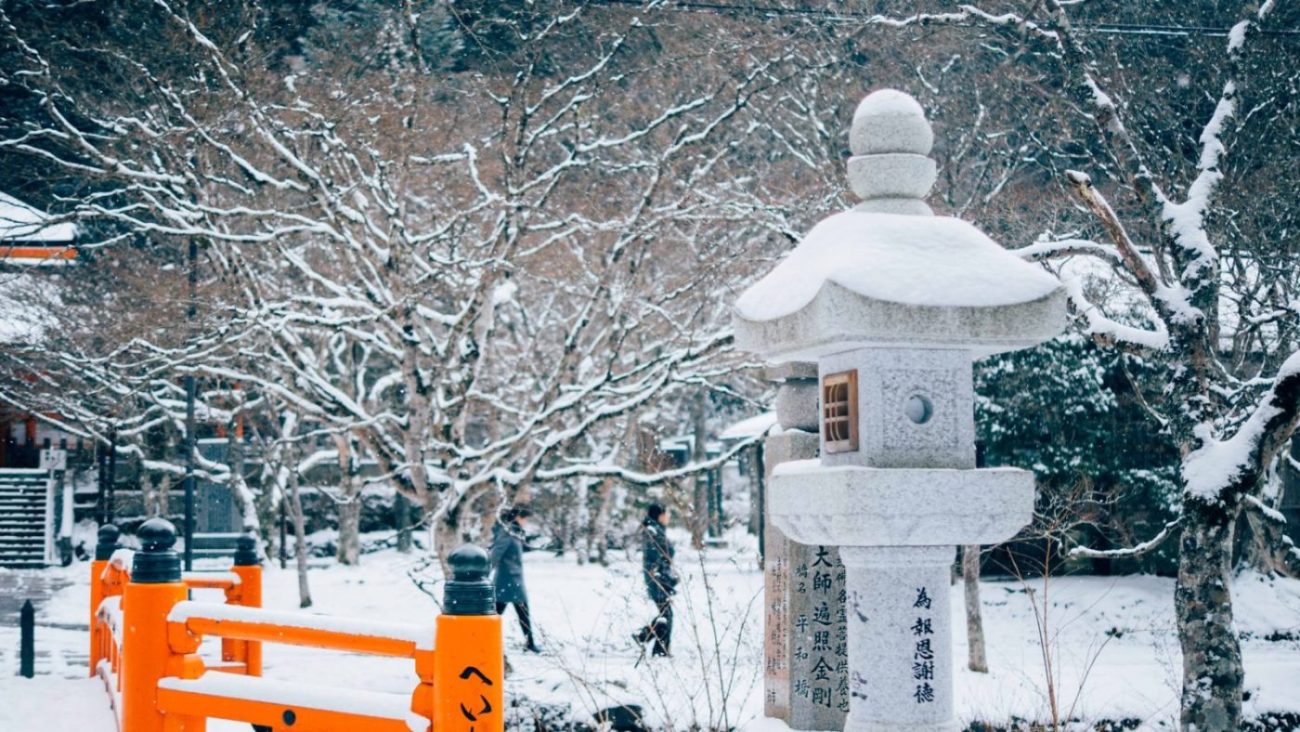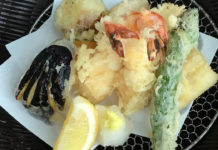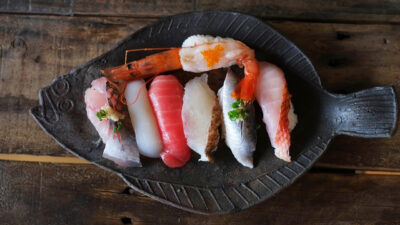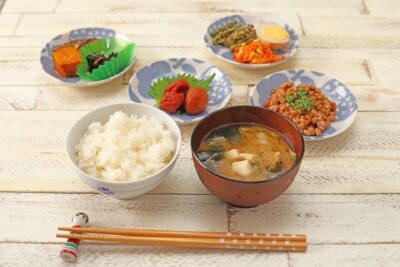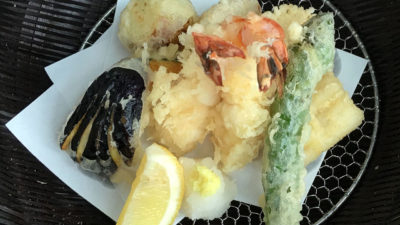Japan is a great country for foodies to visit for all of the delicious traditional dishes the country has to offer. Thanks to Japan’s distinct four seasons, nature provides a great variety of fresh ingredients any time of year. Next time you come to visit Japan in the winter, be sure to try some of these seasonal delights! Japanese winter vegetables include:
- Hakusai (Chinese Cabbage)
- Daikon (Radish)
- Renkon (Lotus Root)
- Gobo (Burdock Root)
- Negi (Leek, Green Onion)
Japanese Winter Vegetable: Hakusai (Chinese Cabbage)
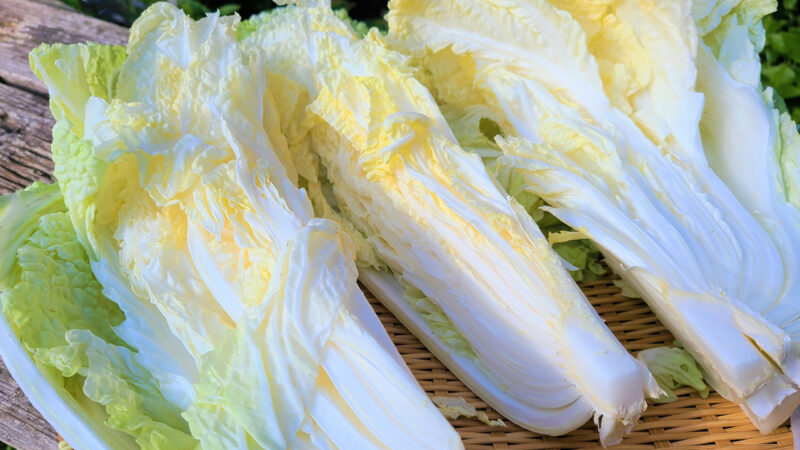
Hakusai is a type of cabbage that originated in China. However, this Japanese winter vegetable is used in many Japanese dishes. Hakusai especially appears in colder months inside a hot, nutritious pot of nabe, or hot pot. Nabe is a great dish to warm the body when filled with healthy Japanese winter vegetables. Even through snow and winter storms, this sturdy Japanese winter vegetable still thrives until it’s harvested to supply Japanese people with plenty of nourishment to make it to spring. Though it is mostly water, hakusai still satisfies, making it a great food for weight loss. The best season for hakusai, or Chinese cabbage is from November to February.
Japanese Winter Vegetable: Daikon (Radish)
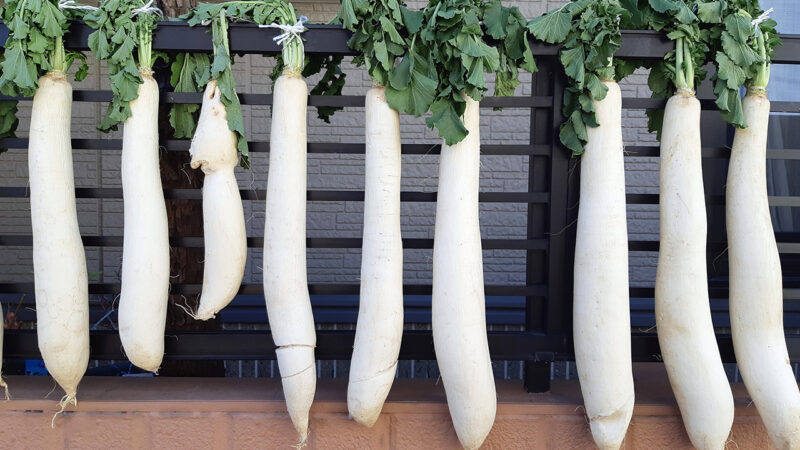
Daikon or radish is a very versatile ingredient that is best in winter. Commonly, daikon is grated and used as a condiment on the side of many dishes. That includes especially many fried foods such as karaage or tempura, as well as soba dishes, grilled fish dishes, nabe, and hamburger steak. In addition to the complimentary spicy flavor it brings, daikon aids with digestion. This Japanese winter vegetable can be eaten raw or boiled in a stew or hot pot for nabe.
Japanese Winter Vegetable: Renkon (Lotus Root)
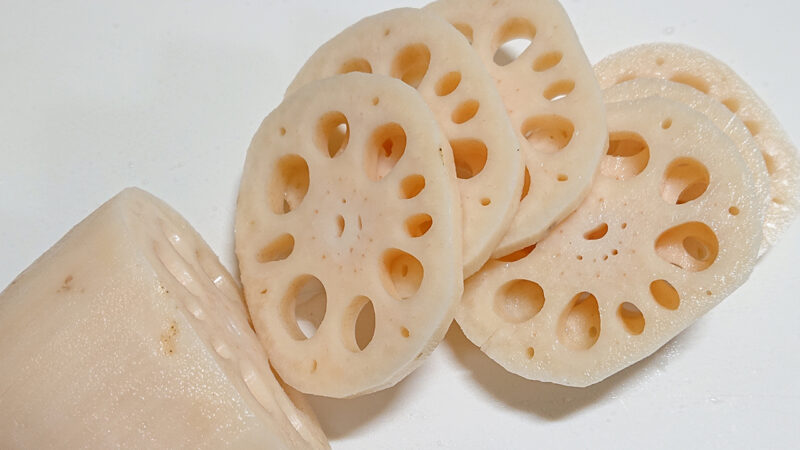
Renkon’s recognizable pattern adds a certain flair to every dish, along with its delicate flavor and crunchy texture. The root is a common ingredient in various Japanese dishes and other Asian food. Mostly, lotus root is peeled and boiled in water. Depending on how this Japanese winter vegetable is prepared, the texture may be crunchy or soft like a cooked potato. Additionally, it is also often lightly deep fried for dishes like tempura or kushikatsu skewers. Renkon or lotus root are in season in winter in Japan.
Japanese Winter Vegetable: Gobo (Burdock root)

It may just look like a long stick, but Japanese gobo or burdock root is a popular ingredient in Japanese food. In fact, often it appears in soups or as a topping on Japanese dishes like kinpira gobo. For this dish gobo is shredded into strips with carrots and stir fried and glazed with sauce. You may have seen it as a side in many bento boxes and traditional dishes. The main season for Japanese Gobo or burdock root is winter in Japan. The root contains plenty of vitamins and minerals like calcium, making it a healthy addition to your diet.
Japanese Winter Vegetable: Negi (Leek, Green onion)
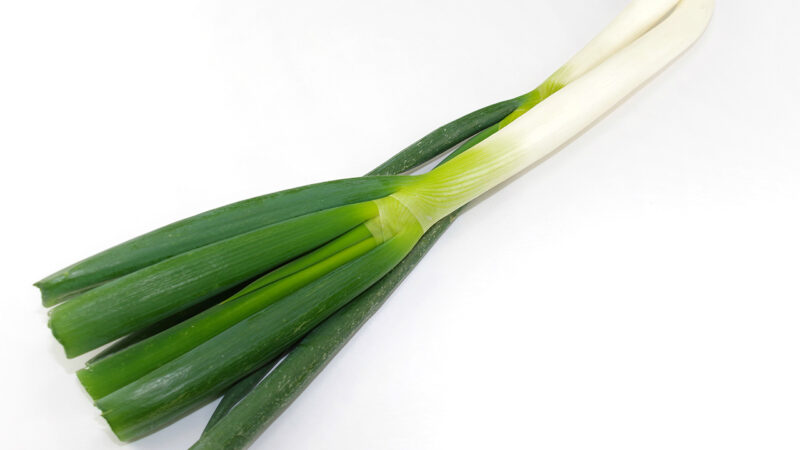
Japanese negi is a Japanese winter vegetable widely used in various dishes. You’ll often find these popular circular slices of onion floating in a delicious bowl of ramen or miso soup. They are also sprinkled on top of various donburi (rice bowl) likegyudon (beef rice bowl) for additional flavor. The season for negi is from November to February, making it one of Japan’s most popular winter vegetables. The white stem of leeks has a strong flavor similar to onions. However, when it is cooked it has a sweet flavor. A variety of negi are grown all across Japan. The most notable types are the Kansai and Kanto variants.
Japanese Winter Fruit: Mikan
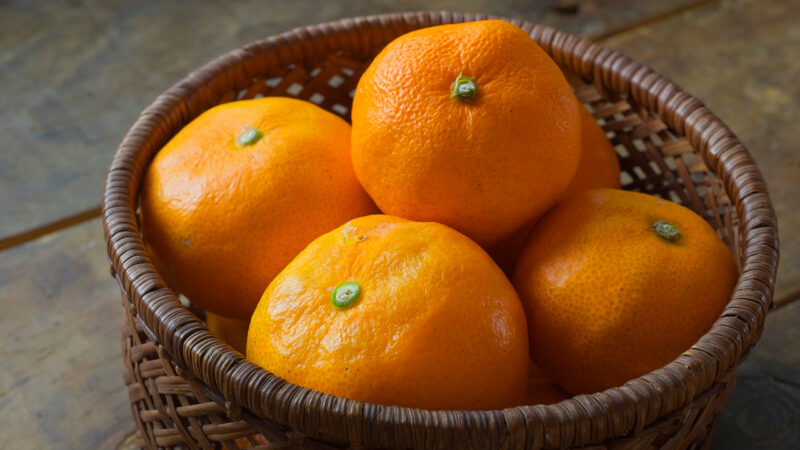
This seasonal winter treat is a sweet, seedless citrus much like tangerine oranges. Though mikan originated in China, they have become extremely popular all across Japan. In fact, it is one of the most consumed fruits in the country. You’ll often find them stacked up on the kotatsu, short heated table. Of course, it can be eaten by simply peeling down the skin. But some people even enjoy mikan by grilling them first. Japan’s juicy mikan are produced mostly in in Wakayama Prefecture and Ehime Prefecture. Mikan reach their peak deliciousness in winter, but they make a great frozen summer snack in winter.
Japanese Winter Fruit: Strawberry
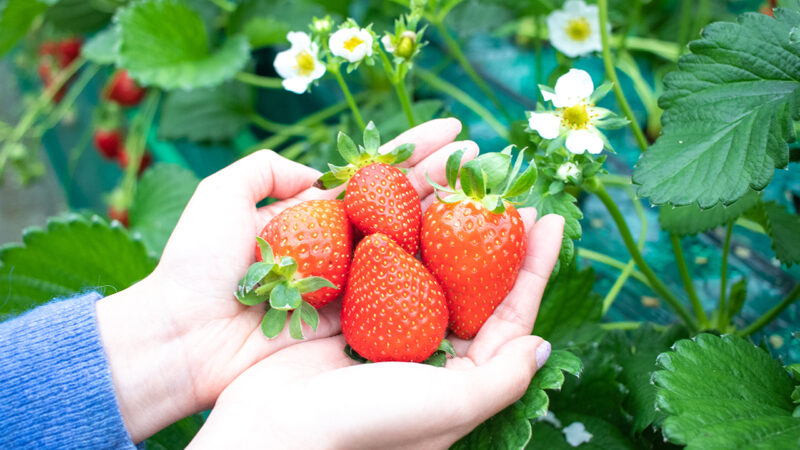
Strawberry-picking season in Japan begins in December or January, depending on the weather. Picking fruit is a fun activity with great rewards! One of the best areas to enjoy sweet, juicy strawberries is Tochigi Prefecture north of Tokyo. There are also some places to pick strawberries in Chiba Prefecture next to Tokyo!
Japanese Winter Fruit: Yuzu
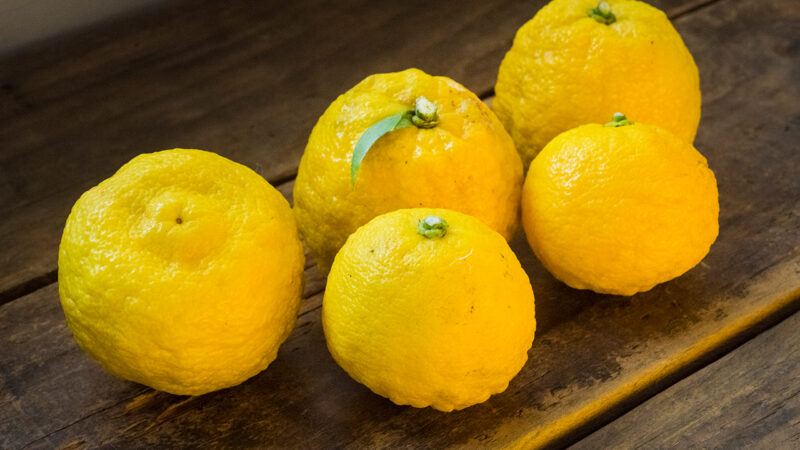
This recognizably aromatic citrus fruit is a popular ingredient in Japanese dishes, though it is rarely eaten as a fruit by itself. It provides a bit of zest to everything it touches, and the fragrant smell makes the meal that much more mouthwatering. In fact, the scent also makes it a popular addition to a hot bath, yuzu-buro. The bubbling mixture is said to warm the body and protect against catching a cold in winter. The most yuzu fruit in Japan is produced in Kochi Prefecture on Shikoku Island. The harvest season for yuzu is in winter.
Scrumptious Winter: Iburigakko & Kiritanpo Hot Pot, Akita Prefecture
Akita Prefecture, in the northern region of Honshu, embraces winter by creating delicious Japanese winter dishes using fresh seasonal vegetables in winter. For foodies, traveling to Japan in winter is not such a bad idea! Give one of these Japanese winter dishes a try the next time you’re in Japan.
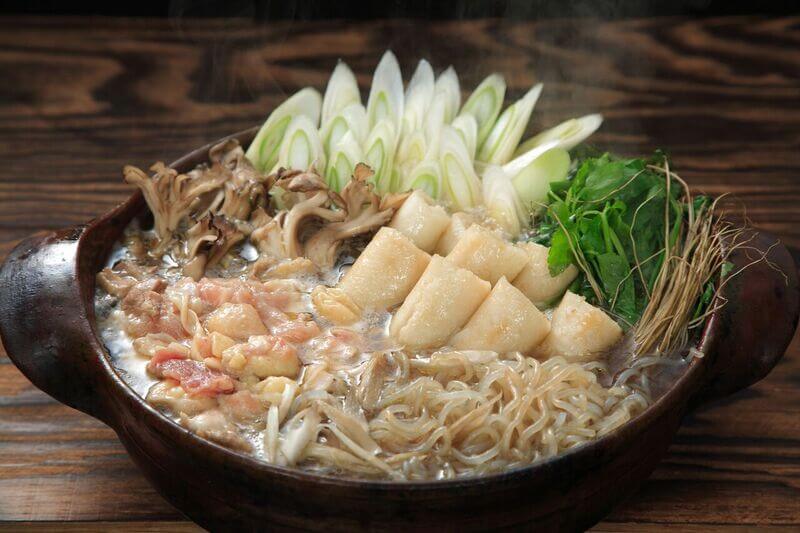
Japanese Winter Dish: Kiritanpo
Kiritanpo, mashed, steamed rice in the shape of a cylinder, is a specialty that is welded strongly on the identity of Akita Prefecture. In the past, kiritanpo was an easy-to-carry preserved food used primarily by hunters. Today, however, the delicacy is cut into bitesized pieces and served in a hot pot with chicken and a variety of vegetables.
Traditionally, kiritanpo is grilled over an open hearth.
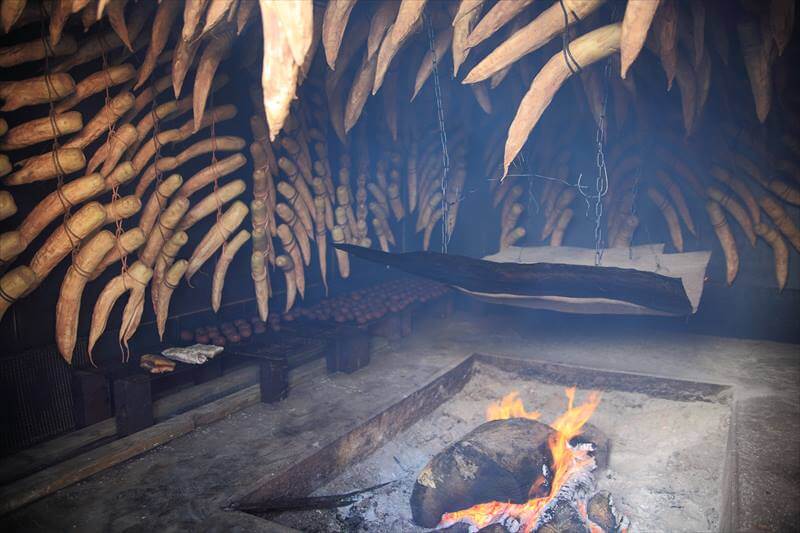
Japanese Winter Dish: Iburigakko
Iburigakko, smoked radish, is one of the most famous pickled vegetables in Tohoku. Smoked with cherry blossom wood then preserved with salt and malted rice, the appetizer gives off a fabulous aroma and goes perfectly with any variety of sake.
 0
0

